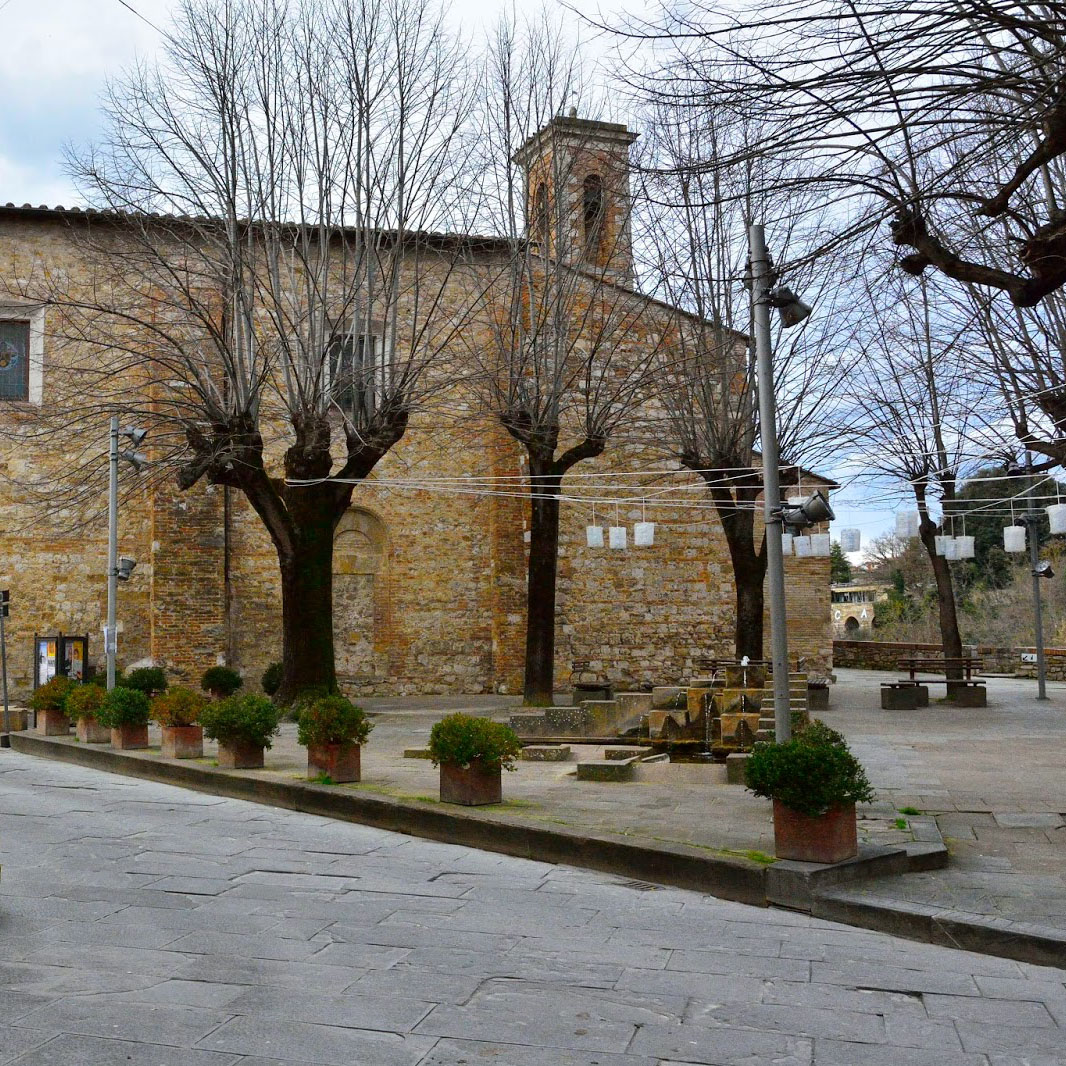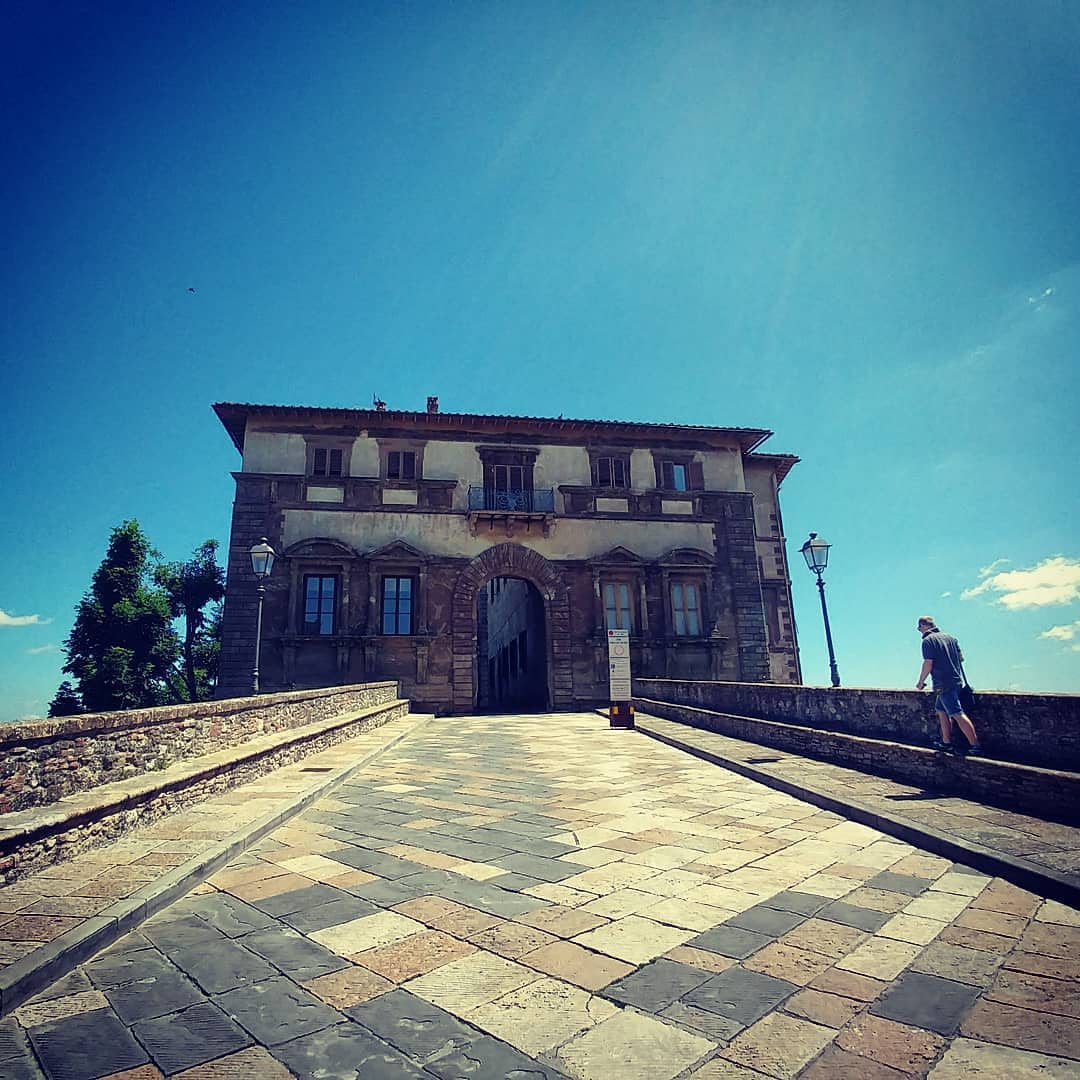Colle di Val d’Elsa – A Tuscan town still undiscovered by mass tourism
Share
Colle di Val d’Elsa is a small town with nearly 20,000 inhabitants situated on the Via Francigena in the province of Siena
It is a Tuscan town still undiscovered by mass tourism and an ideal holiday destination for both short stays and as a base for longer holidays. It is ideally positioned between Siena and Florence and two steps away from the heart of the Chianti area, San Gimignano and Volterra.
It is made up of 3 main areas: Il Borgo (Borgo di Santa Caterina, XI and XII) situated immediately before the walled historical centre, Il Castello (the castle) and the Piano, the town which has extended at the base of the hill where the castle is situated.
Colle has a famous past in history as it was named by Dante Alighieri in his renouned Divina Commedia (Divine Comedy). For a long time it was under the domination of the Florentine Medici family and in 1269 it was the centre of a battle between the dominating families in Florence (Guelfs) and Siena (Ghibellines). The various battles have changed the architectural appearance of the town from Medieval to Renaissance.
One of the suggested walking itineraries starts at the Porta Nuova (or Porta Salis), follows the road down to Piazza Santa Caterina (square), goes into the walled part of town, Il Castello, crossing it and reaching the Baluardo (rampart) on the other side of the town. It goes down to a pebbled street called the Costa, all the way down to the main square at the bottom of the hill called Piazza Arnolfo.
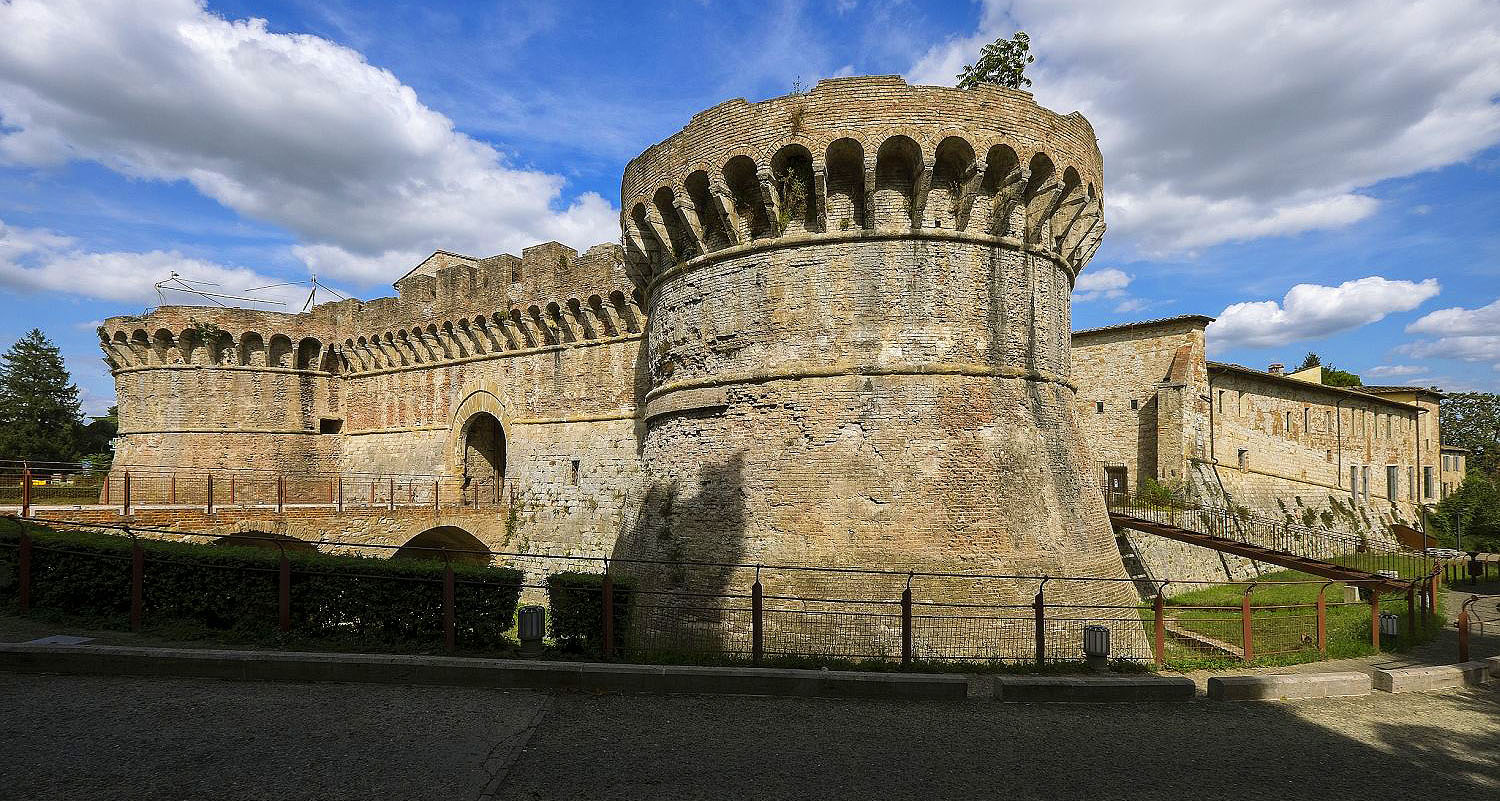
Porta Nuova (XIII) was also named Porta Salis or Porta Volterrana, as in Medieval times it was the entrance for those who came from Volterra. From Volterra came the salt which was used by the town hall as an entrance tax. On the right hand side of the gate there is the San Pietro museum.
Walking through the old part of town, the Borgo, one can admire beautiful period buildings and tower buildings all the way to Piazza Baios and then Piazza Santa Caterina which have always been lively meeting venues for the locals “collegiani”.
Following from Piazza Santa Caterina, one enters the Il Castello (the castle) area, the oldest part of town. Via del Castello (castle street) crosses the historical centre, through the Piazza Duomo (where the Cathedral is located), through Piazza Canonica and ending at the Baluardo, a defensive rampart dating back to XV and with a splendid view over the lower part of the town and the Chianti hills.
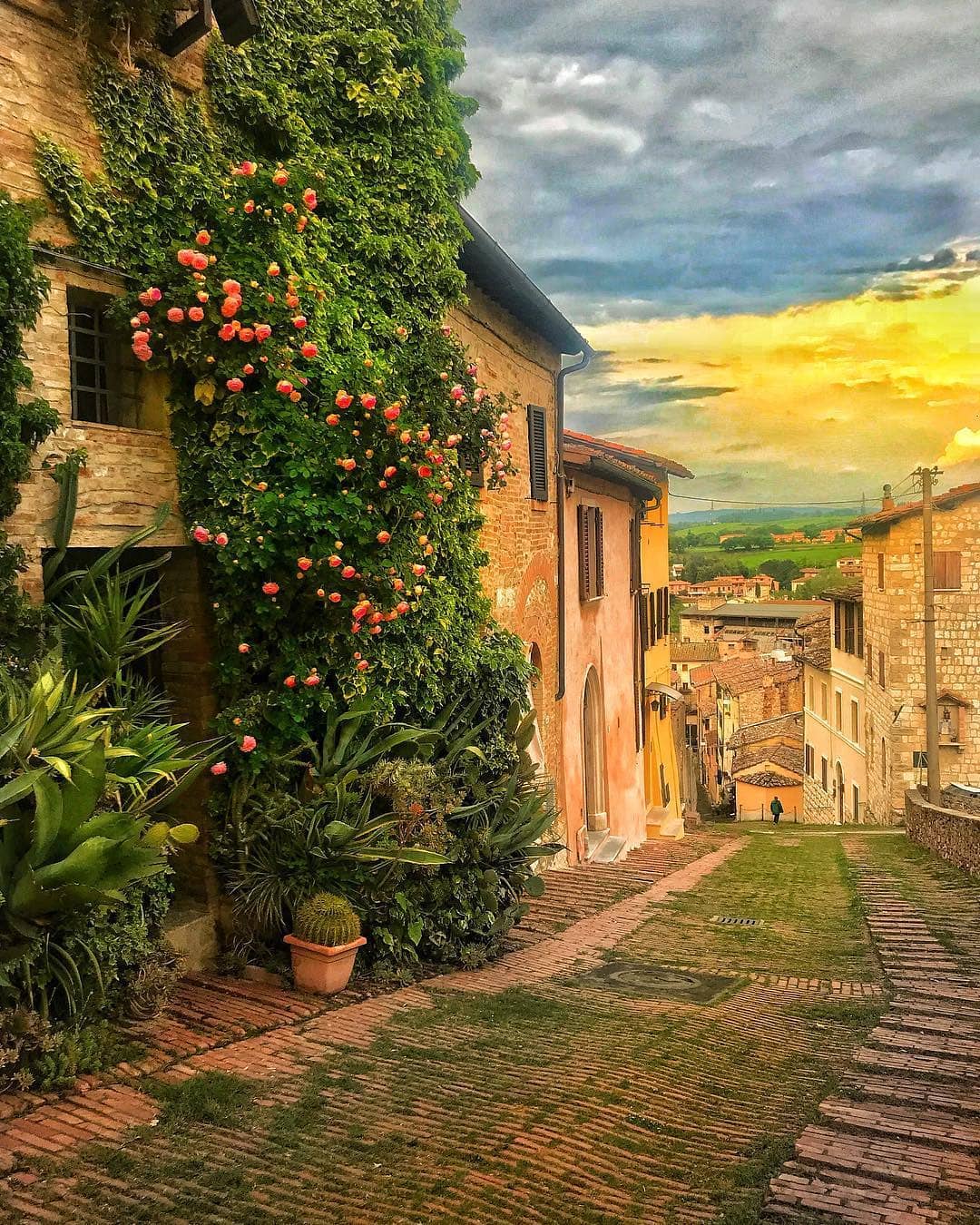
From the Baluardo, walking down the Costa (the panoramic pebbled street which links the old town to the lower part), it reaches the main square Piazza Arnolfo (named after the famous architect and sculpture from Colle, Arnolfo di Cambio).
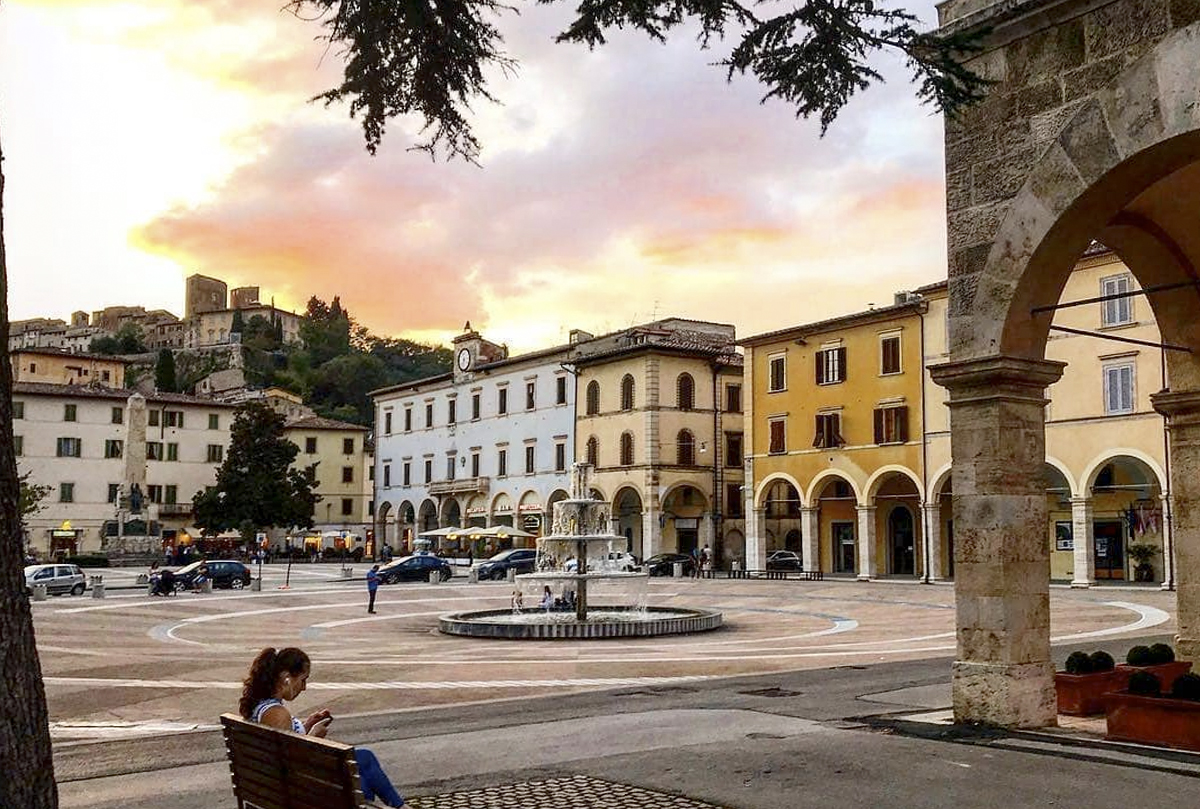
Also known as the city of crystal, in honour of the artisan and industrial tradition, dating back for several centuries, every second Sunday, local crystal artisans show how the crystal is made.
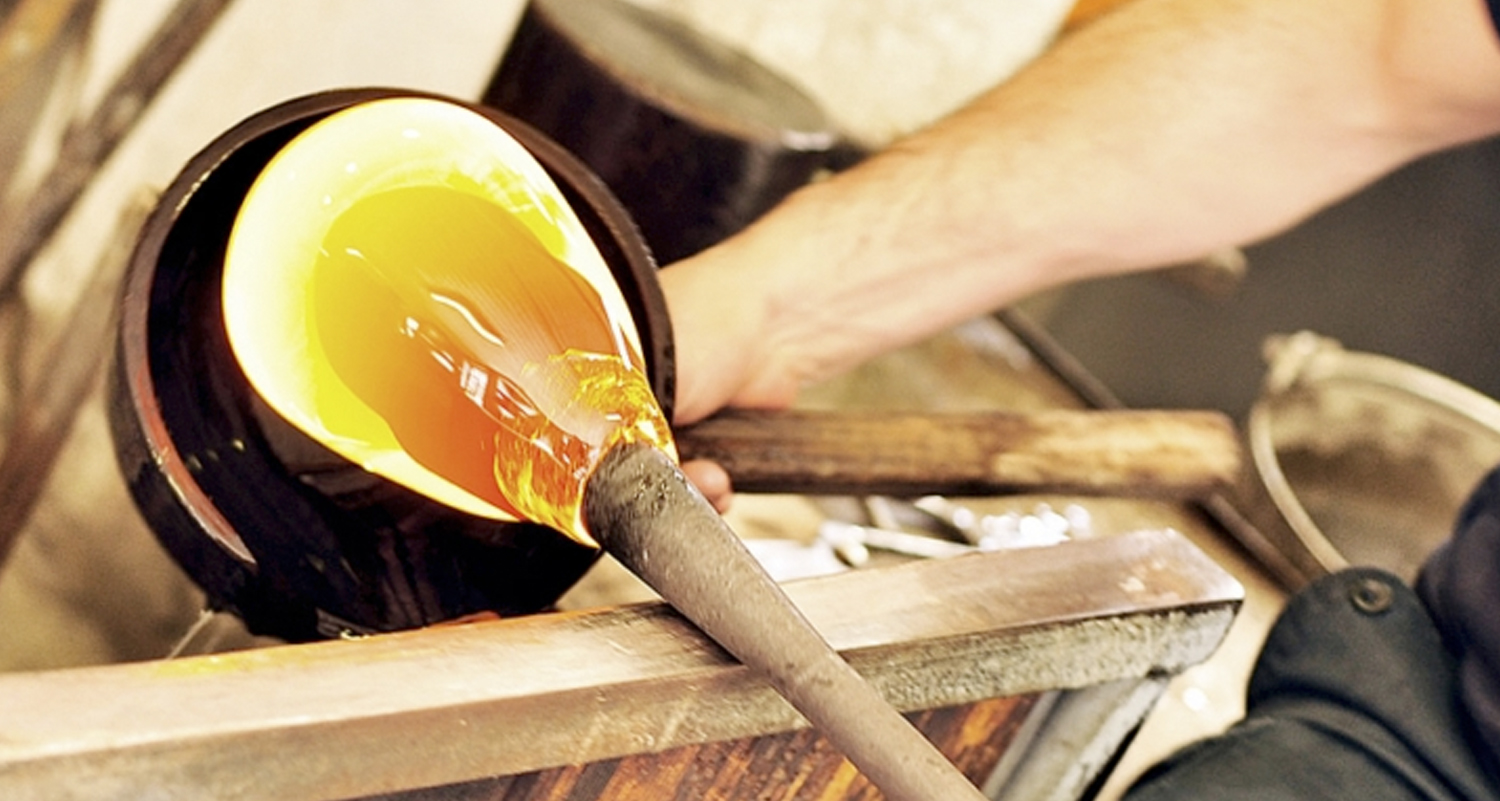
This exhibition also known as “Il Fornino” (the little oven) takes place in Vicolo della Misericordia, next to the Duomo (Cathedral) inside the castle.
PLACES TO VISIT:
Museums:
• San Pietro Museums
Other suggested walking iteneraries:
• A nature walk on the SentierElsa Trail
• Pista ciclabile/cycling path Colle to Poggibonsi which was built following the old train tracks.
For further information:
• Visit Colle di Val d’Elsa
• Proloco di Colle di Val d’Elsa
Marco Bruni
After attending the Cappiello Academy in Florence he has worked for over 17 years in communication and is passionate about travel, rugby and music.
He grew up in Colle di Val d’Elsa, lived in San Gimignano for over 12 years, and traveled for the last 20 years between Andalucia, the Middlands and Tuscany. You can often find him on his bike on the Via Francigena, between San Gimignano, Colle di Val d’Elsa and Monteriggioni.




